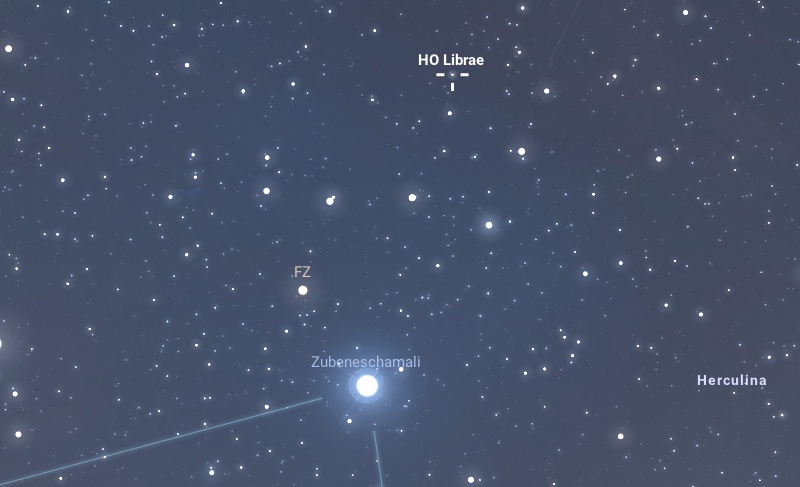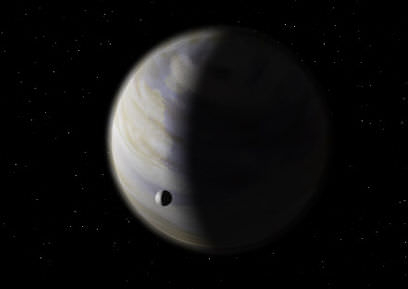Gliese 581d is one of four exoplanets in the Gliese 581 system, located approximately 20.3 light-years away from Earth in the constellation Libra. It was discovered in 2007 and is one of several planets orbiting the red dwarf star Gliese 581. Here are some key points about this exoplanet:
Discovery
Gliese 581d was detected using the radial velocity method, which measures the tiny wobbles induced in a star’s motion by the gravitational pull of orbiting planets. It was one of the first planets discovered in the Gliese 581 system.
Characteristics
Gliese 581d is considered a super-Earth, with a mass believed to be about 7 to 8 times that of Earth. It orbits its host star within the habitable zone, but it is located at the outer edge of this zone, where conditions might be less favorable for life as we know it. Its orbital period is approximately 66.8 days.

Habitability
While Gliese 581d is within the habitable zone, its potential for habitability remains uncertain. Its larger mass suggests it may have a thick atmosphere capable of trapping heat, but it is also possible that it has a thick layer of ice covering its surface due to its distance from its host star. Further observations are needed to determine its atmospheric composition and surface conditions.
Controversy
Like Gliese 581g, the existence and potential habitability of Gliese 581d have been subjects of debate among astronomers. Some studies have suggested it could have conditions suitable for life, while others have raised doubts about its habitability due to uncertainties about its atmosphere and surface characteristics.
Follow-up Observations
Additional observations of the Gliese 581 system, including Gliese 581d, have been conducted using telescopes and instruments to gather more information about the planets and their properties. These efforts aim to better understand the potential habitability of exoplanets and the likelihood of finding life beyond Earth.
Visibility
Although Gliese 581d cannot be observed directly with amateur telescopes, its parent star is within observational range. Given its apparent magnitude of around 10.6, Gliese 581 is bright enough to be seen with binoculars, especially under good sky conditions (i.e., minimal light pollution and clear skies). In a small to medium sized telescope the star can be easily spotted.
Gliese 581 is located in the equatorial constellation of Libra. In the Northern Hemisphere, it is best visible during the spring and early summer months, specifically from April to July, with peak visibility around May and June. In the Southern Hemisphere, it can be seen during the autumn and winter months, specifically from March to August with May and June being the best months.





